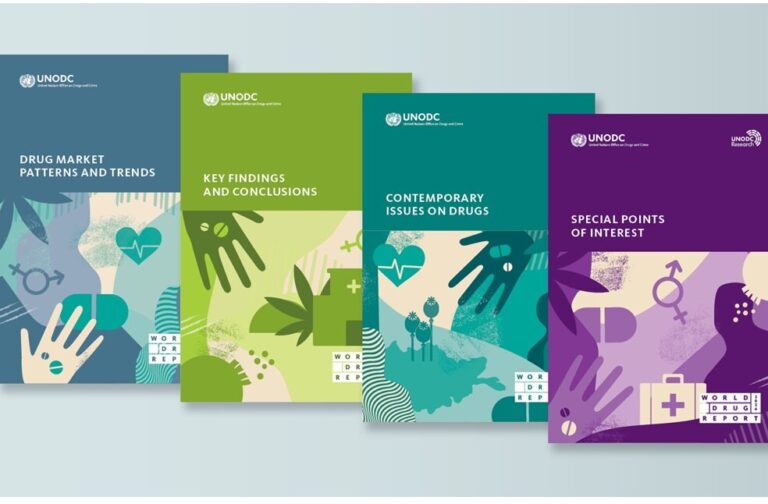Vienna, Austria: The annual World Drug Report, published by the United Nations Office on Drugs and Crime (UNODC), has warned of an increase in synthetic drug overuse deaths worldwide.
The Opium ban by the Taliban in Afghanistan, a major global narcotic supplier, had led heroin users to use alternate synthetic opioids.
The cultivation of opium, from which heroin is made, fell by 95 percent in Afghanistan last year after the Taliban banned the production of narcotics in 2022. Even though opium production in Myanmar increased by 36 percent, its global production still dropped by 75 percent, according to the U.N. Report.

The UNODC remarked that, “The result of a prolonged shortage of Afghan opiates could have multiple consequences in Afghanistan and countries of transit and destination for Afghan opiates. The purity of heroin on the market is expected to decline.”
Preliminary field observations indicates that there is a possible slight increase in Afghan opium cultivation this year but is unlikely to return to pre-ban levels.

The World Drug Report on analysing the potential impact of reduced opium supply outlines that, “Demand for opiate treatment services, including for methadone, buprenorphine, and slow-release morphine treatment, may rise, but if these services are insufficient, heroin users may switch to other opioids.”
“Such a switch may pose significant risks to health and lead to an increase in overdoses, especially if the alternative opioids include highly potent substances such as some fentanyl analogues or nitazenes that have already emerged in some European countries in recent years,” the report emphasised.

UNODC research chief Angela Me draws attention to the overdose deaths from nitazenes, a type of synthetic opioid more potent than fentanyl, in Ireland, Britain, Estonia, and Latvia.
Users often unknowingly buy heroin mixed with cheaper and more potent nitazenes. The traces of the drug are then detected when tests are performed after the overdose death.



